Why Shandee Blackburn’s killer remains free: Project 13
The scientist who triggered a landmark inquiry into Queensland’s DNA lab believes she has found the origins of why samples failed to identify Shandee Blackburn’s killer | LISTEN
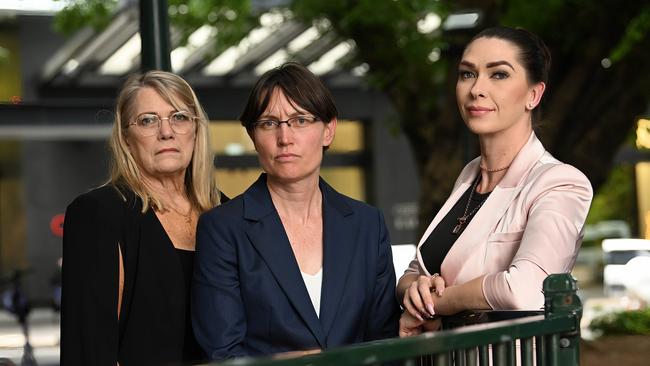
The independent forensic scientist who triggered last year’s landmark inquiry into Queensland’s DNA lab believes she has found the origins of why samples failed to identify Shandee Blackburn’s killer, in a discovery that raises doubts about results in thousands more serious crimes.
A flawed DNA extraction method used in Blackburn’s unsolved murder was introduced despite the lab knowing it was catastrophically failing to recover DNA, and may have failed victims of crime and the justice system for nine years, Kirsty Wright has revealed after reviewing documents published by the inquiry.
About 100,000 crime scene samples would have been processed using variations of the automated method, which saved the lab time and was implemented in a period of intense pressure from the courts, government, media and public to deal with testing delays and backlogs, Dr Wright said.

The Australian’s investigative podcast Shandee’s Story explored the vicious stabbing murder of 23-year-old Blackburn with the help of Dr Wright, exposing serious scientific failures in the lab that were later confirmed and expanded on by retired judge Walter Sofronoff’s inquiry.
“The reason you did this podcast was to understand why Shandee’s offender was never identified. The answer is Project 13,” Dr Wright said.
“This is the very start of it. This decision in 2007, I believe, is the reason why. And it’s not just Shandee’s case. It’s many, many years of cases. It’s Shandee’s case, multiply that by however many thousand.”
Problems with the automated DNA extraction method used for Blackburn’s samples were discovered by Dr Wright and two globally respected experts, Jo Veth and Bruce Budowle, only very late in the inquiry.
Dr Wright has since returned to the very beginning of the method, introduced in October 2007. On the DNA inquiry’s website, she found a report on Project 13 that tested the automated method on mock samples and recommended its use.
The report’s abstract or executive summary stated that the results of the automated method were “comparable” to a manual method.
But in the body of the report, the data showed the automated method recovered up to 92 per cent less DNA than the manual method and was 100 times less sensitive.
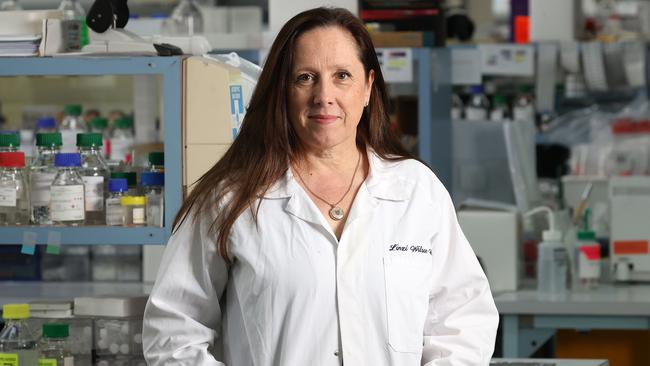
The new boss of the lab, professor Linzi Wilson-Wilde, agreed with Dr Wright’s main contention about Project 13, its catastrophic yield failure and the deeply misleading summary in the report that backed the automated method.
“The entire project wasn’t scientifically valid,” Professor Wilson-Wilde said.
“There is a significant potential and a real-world outcome that introducing a method with such a significant difference in the yield of DNA that it would have had an impact on the ability to identify and retrieve DNA from crime scene samples.”
Dr Wright said she did not think the report was meant to see the light of day, let alone be on the internet for anyone to download.
“It’s their own data that shows in 2007, before they introduced this method, they knew that it was failing, and failing astronomically,” Dr Wright said.
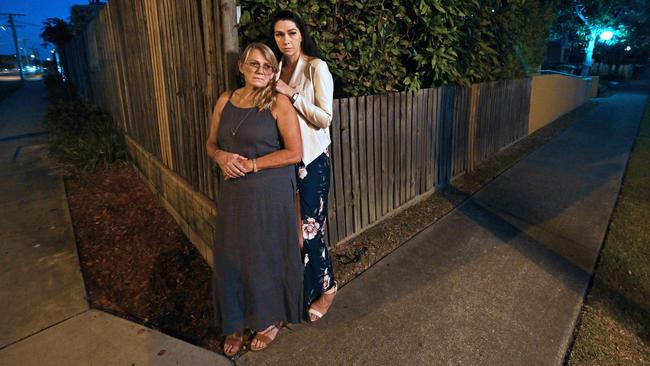
“There was no way that this method would be able to get DNA from trace samples. It was struggling to get DNA from visible bloodstains and tape lifts. They’re all of the things that we saw in Shandee’s case.
“I believe that the failure to identify Shandee’s murderer can be traced back to Project 13, this deceptive decision that was made in 2007 to knowingly introduce a flawed method that these managers, these senior scientists, knew would fail.
“You don’t even have to be a scientist, to look at this data, to look at Project 13, and see that this method absolutely should never be used on crime scene evidence. It was a certainty to fail.”
Between 2007 and 2016 the lab made some significant changes to the automated method, including adding a manual step, which would have improved the recovery of DNA, Professor Wilson-Wilde said.
“But to what extent? We don’t know exactly. And so what we need to do is review the cases to see whether DNA yield could have been an issue in those cases.
“I believe there will be additional cases that we will also need review in that major crime category.
“Our scope has widened based on our review of Project 13. Thank you for bringing this to my attention from this perspective. If we can solve more crimes, we’re doing our job.”
Dr Wright said that in 2012-13, it was recovering four times less DNA than another extraction method used in the lab.
“So we know that it was still failing in 2013,” she said.
She found no evidence in the vast amount of material published by the inquiry that the yield issue was resolved before the lab stopped using it in 2016.
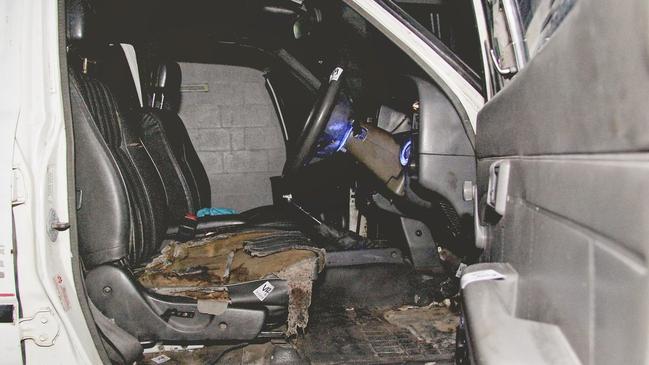
As soon as the automated extraction method was introduced, it caused serious and major cross-contamination of samples.
One scientist told the inquiry the contamination was a lab’s “worst nightmare”, and another said she had heard it led to a sexual assault complainant being wrongly questioned about a murder.
Dr Wright says the contamination crisis consumed the lab’s time and acted as a smokescreen for the separate, systemic failure to recover DNA.
She said she had been curious to understand how a commercial method that worked exceptionally well internationally had failed in the hands of the Queensland Health lab.
She was astounded to find scientists involved in the project decided to change critical settings that the manufacturer recommended for the method to work.
“They didn’t only change those settings a little bit, they drastically changed two or three key settings, and I believe that’s the reason why this method was failing,” she said.
Mr Sofronoff KC found that under managing scientist Cathie Allen’s leadership the lab prioritised speed of testing, to the detriment of victims of crime who were denied crucial evidence.
The automated method was introduced before Ms Allen – who was suspended and then sacked in May – became managing scientist in July 2008. Previous managing scientist Vanessa Ientile, who is listed as one of the Project 13 report’s authors, this week declined to comment.
Another senior scientist listed as an author still works at the lab.
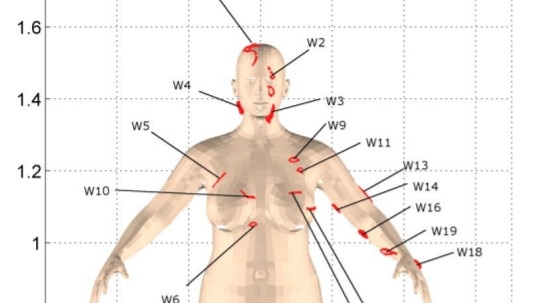
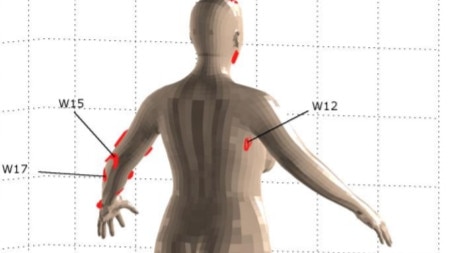
At this stage it is not known if scientists named as co-authors of the report were all across the failure of the automated method, or who wrote the abstract. It may take an inquiry from those with stronger powers to find answers.
Mr Sofronoff now has an important advisory role, co-chairing a board with former District Court judge Julie Dick that is monitoring the laboratory’s work and its policies.
They are there with other members of the board to protect victims of crime, to ensure the public and the government cannot again be lied to or spun by senior scientists entrusted with the critical work of finding incriminating evidence in crime scene DNA samples.
Professor Wilson-Wilde was one of the independent DNA experts who advised the Sofronoff Inquiry, and after its conclusion she was appointed chief executive of Forensic Science Queensland.
Before that, she was Queensland Health’s choice when it wanted to do an internal review of the issues raised in Shandee’s Story.
The Weekend Australian sat down with the new DNA chief, Mr Sofronoff and former judge Dick at the forensics headquarters in Coopers Plains on Brisbane’s southside.
“I don’t believe the automated method and the manual method for Project 13 were comparable,” Professor Wilson-Wilde said.
“The abstract was clearly contradictory to the body and the results of the project. Why that’s the case, I do not know.
“I believe that project was flawed from the beginning. The report was insufficient and not fit for purpose to implement that method in its entirety.
“A change of that magnitude should have required a full validation, a full, in-depth project to study all aspects of the method to identify limitations, to optimise it thoroughly.”



